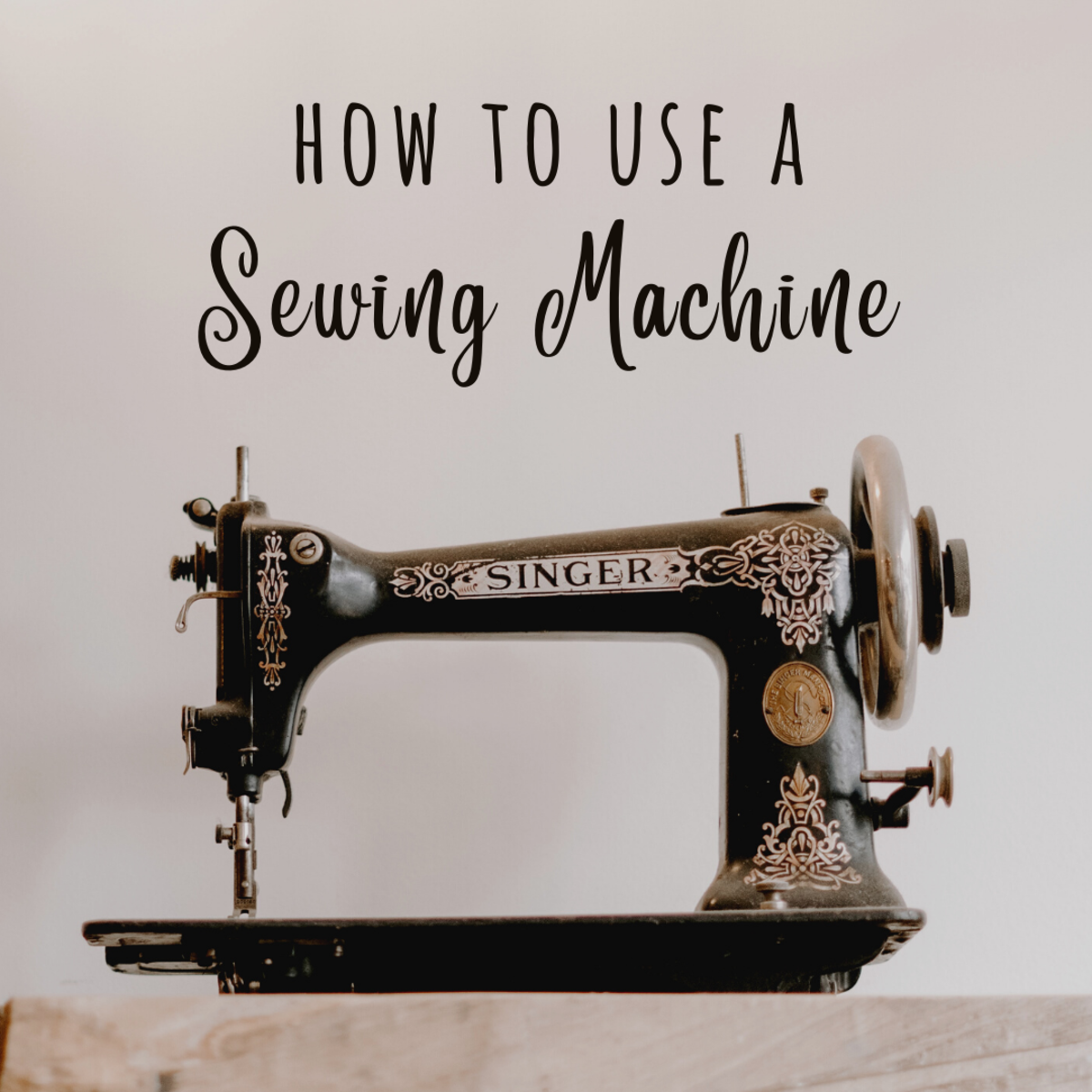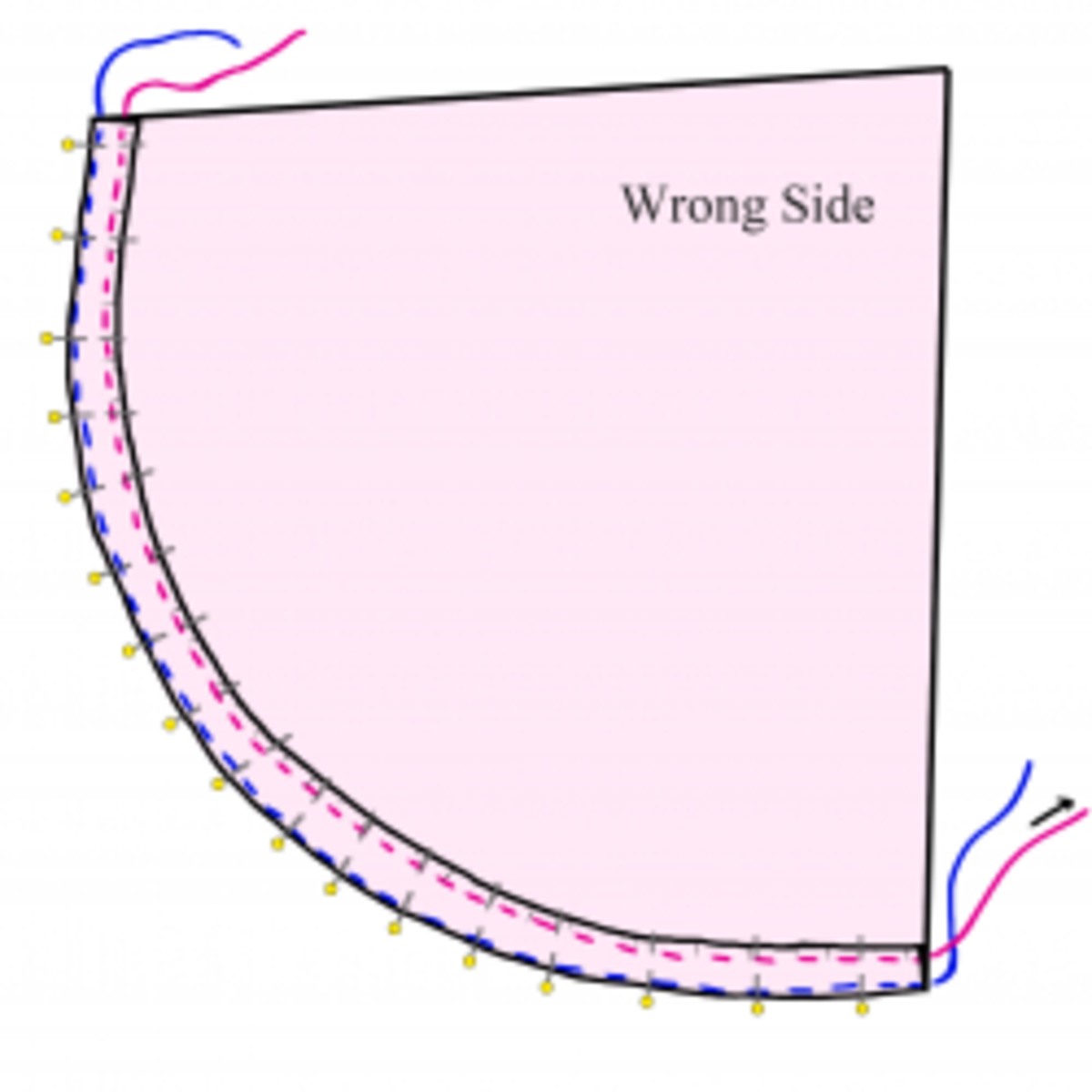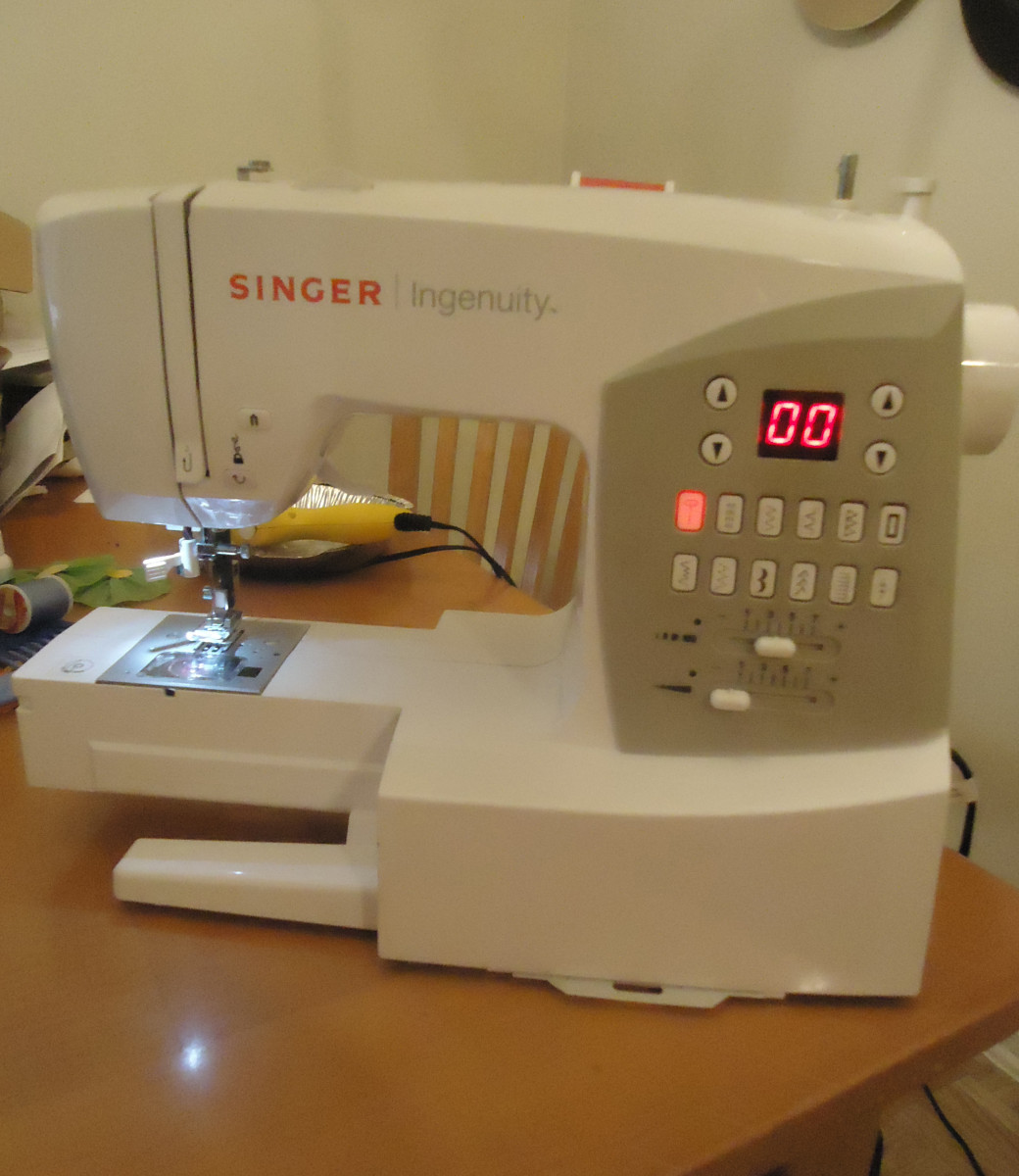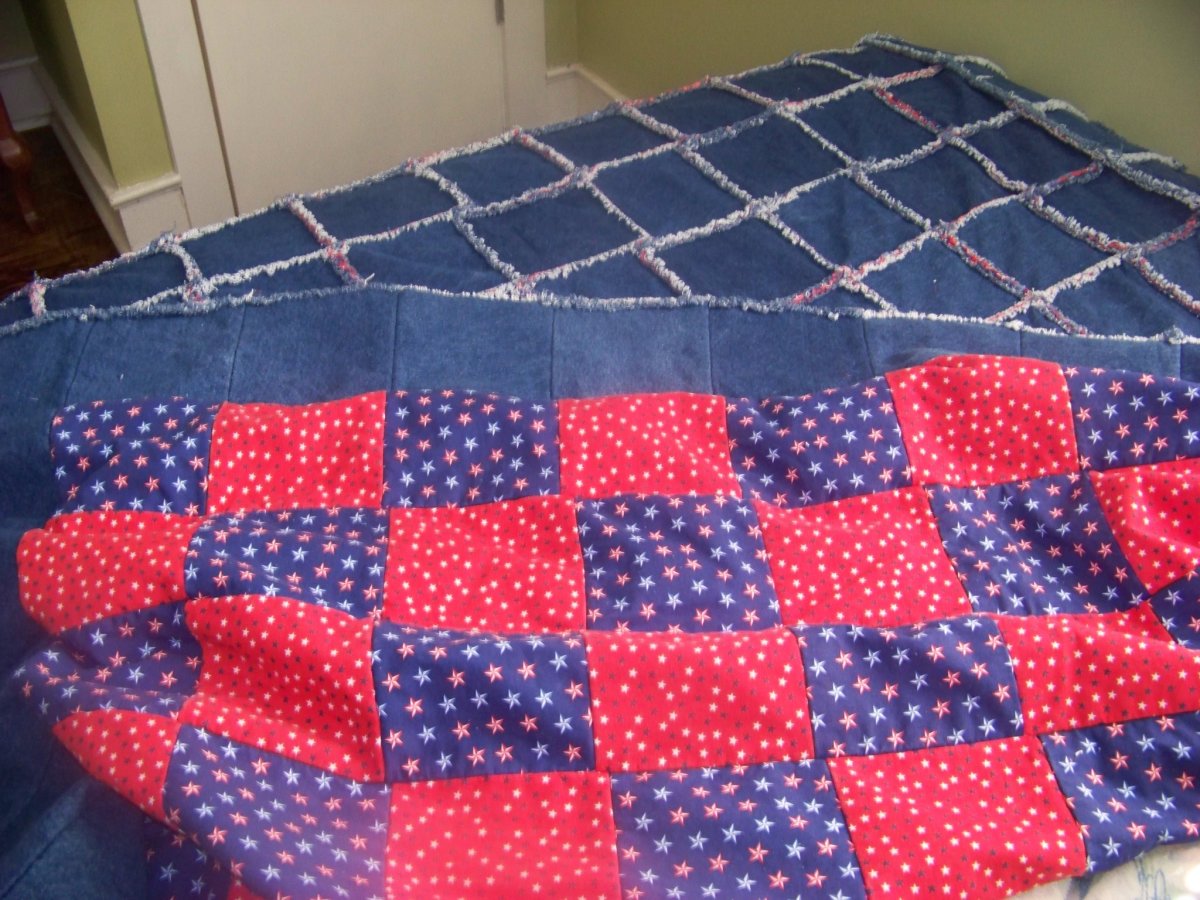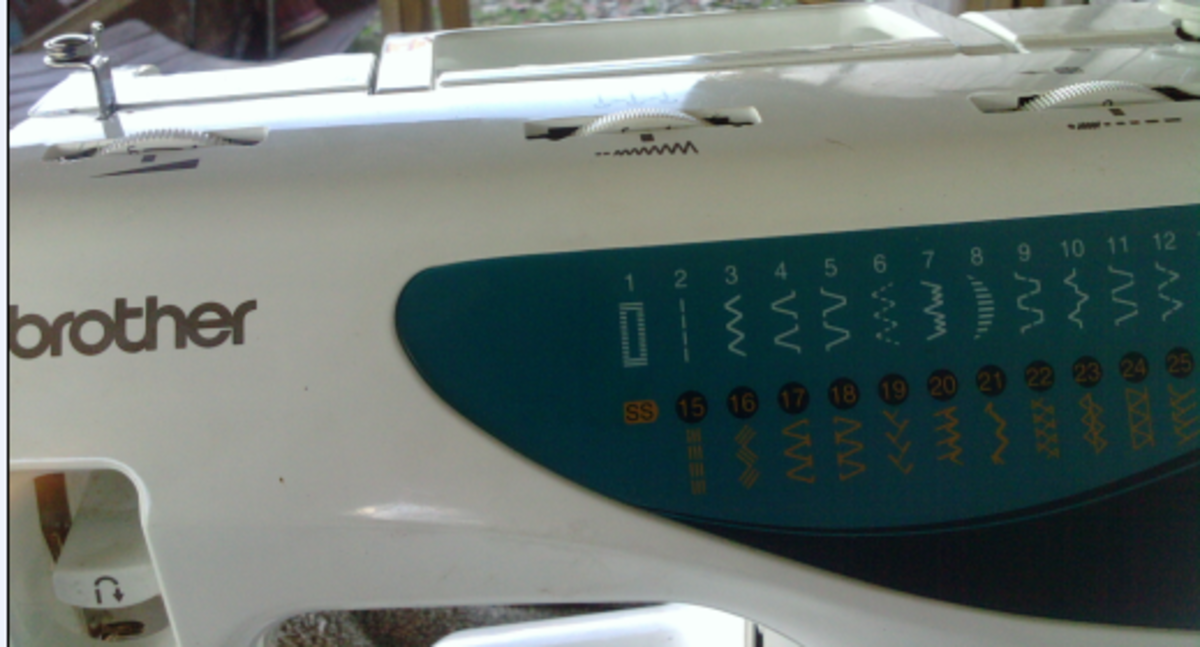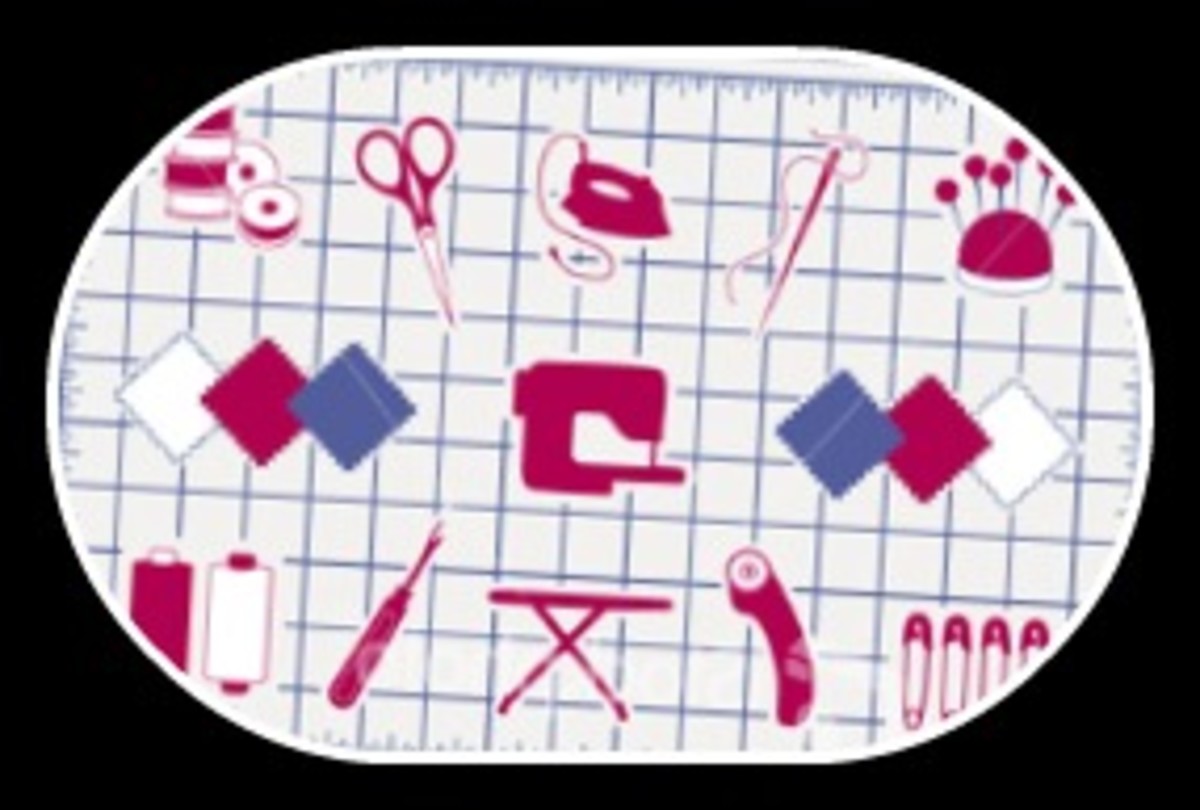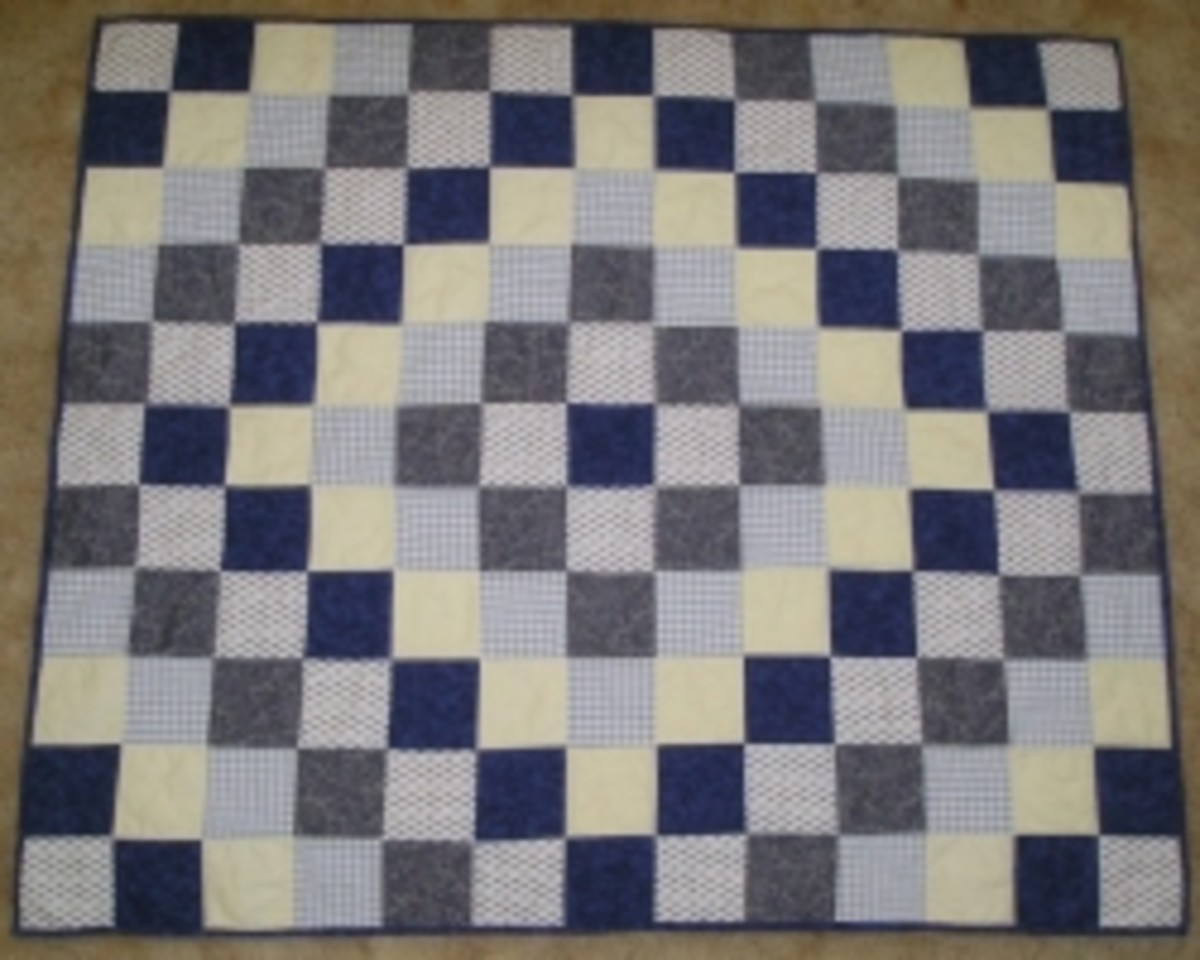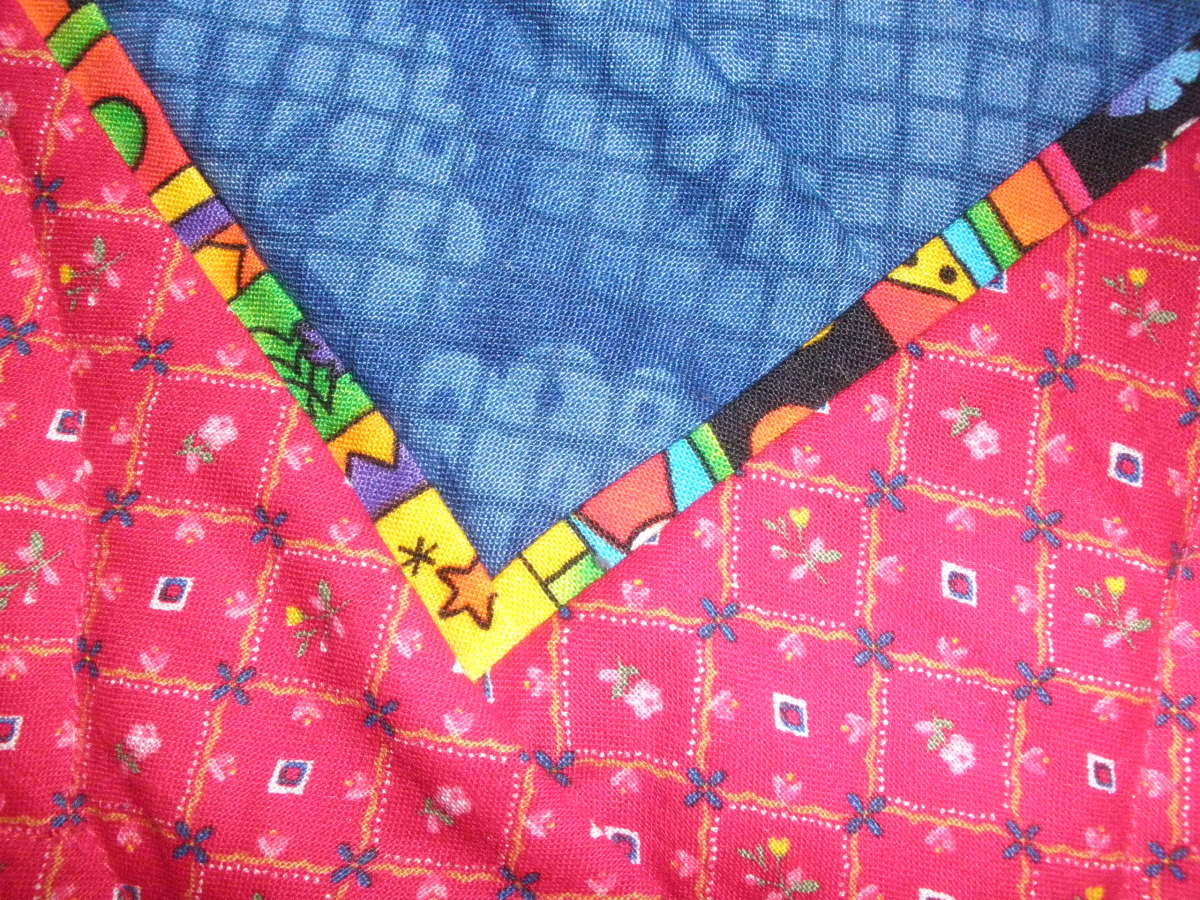Easy Machine Quilting | Learn to Quilt on Your Own Sewing Machine
Helpful Machine Quilting Guides
What is Machine Quilting?
Quilts typically have three layers: top fabric, a middle layer of batting or wadding, and a backing fabric. Machine quilting is the art of using a sewing machine to permanently tie the three layers together.
On a functional level, machine quilting helps the quilt lie flat and keep its shape after repeated washing and drying. Artistically, machine quilting can transform a quilt from something merely useful into a real work of art.
It's much easier than you might think to create beautiful machine quilting designs on your home sewing machine. Quilting your own tops can also save you a lot of money, since sending a quilt out to a professional quilter for finishing can cost hundreds of dollars.
Machine Guided Quilting vs. Free Motion Quilting
There are two different ways to machine quilt:
- Machine guided quilting, where the sewing machine's feed dogs automatically guide the fabric layers under the needle. This type of quilting is usually used to stitch straight lines or gentle curves. "Stitching in the ditch," or sewing along the seam lines in a pieced quilt top, is the simplest type of machine-guided quilting.
- Free-motion quilting, where the sewing machine's feed dogs are dropped out of the way and you use your hands to move the quilt layers under the needle, "drawing" the design as you go. Free-motion quilting can be used to create a huge variety of different shapes, from feathers and spirals to stars, handwriting,even complicated pictorial designs.
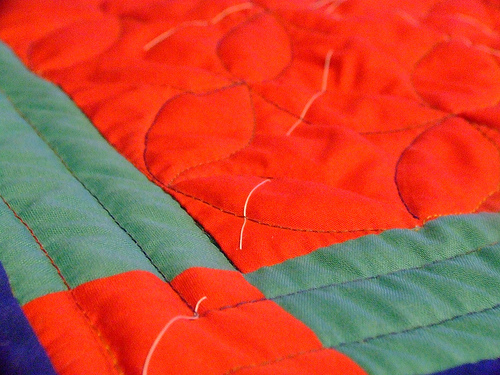
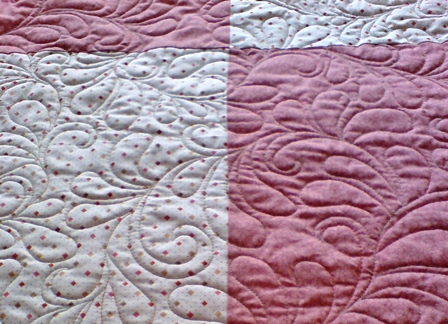
Combining Both Types of Machine Quilting
When I machine quilt, I start out by using machine-guided quilting to secure the quilt layers. I stitch in the ditch around quilt blocks and along the seams that join the center of the quilt to the borders. Once the quilt layers are well anchored together and I know the quilt won't pucker or shift around while I sew, I switch to free-motion quilting.
I drop the sewing machine's feed dogs, disengage the machine's walking foot, and put a darning presser foot on the sewing machine.
Then I use my hands to move the fabric under the needle and draw a pattern I like with the quilting thread. I wear special machine-quilting gloves so that my hands get a good grip on the fabric.
On my sewing machine, learning to make even stitches and smooth curves took quite a bit of practice. Some newer sewing machines have speed controls and stitch regulators to make sure your stitches are always the same size, no matter how fast or slowly you sew.
More Articles on Machine Quilting
- Essential Machine Quilting Supplies: Tools Needed for Successful Free-Motion or Machine-Guided Quilt
A beginner's guide to the sewing machine supplies you'll need to successfully machine quilt your own quilt tops. - Easy Machine Quilting: Best Free-Motion Sewing Machine Settings
Learn which settings and sewing machine accessories to use for free motion machine quilting success.


